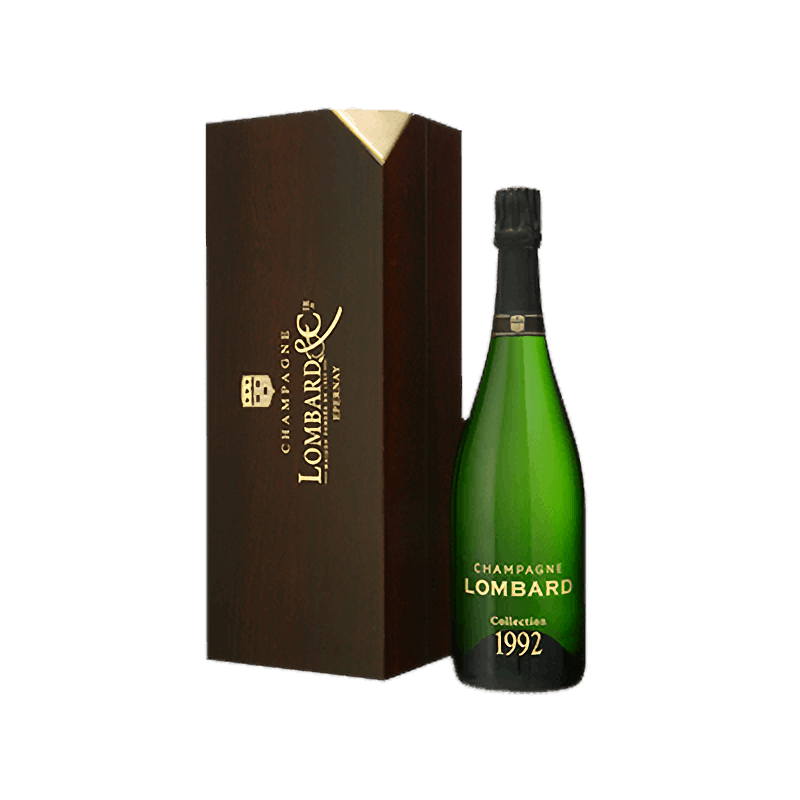- 1,5L

 0
0


For more than 10 years, this champagne has matured and reached its peak on the lees. At the tasting, the sensations are amazing: we move away from the classic register with a nose close to perfume: sandalwood, musk, new leather, oriental spices, blond tobacco. On the palate, the tension is moderate but largely compensated by a rich and complex aroma, which gives this champagne the character of a great wine.
The Cuvée l'Orage from Maison Moussé is a 100% extra-brut Chardonnay champagne, elaborated from the 2021 harvest, a particularly difficult year. Spring frosts reduced production by 40%, while storms led to a serious spread of late blight. In addition, hail affected half of the vineyard, so that 85% of the harvest was lost. Despite these challenges, a surge of solidarity was...
Moussé La Confiance de mon Père 2019 is a Rosé de saignée made from the oldest plot of Domaine Moussé called "Les Bouts de la Ville" on the terroir of Cuisles.
Grand Cellier is a daring Champagne, all in elegance with a blend of 70% Chardonnay and 30% Pinot Noir from Premier Cru vines in the village of Rilly-la-Montagne. The wines spend 10 months aging in oak barrels to bring power and complexity.
Auguste II: Champagne made with no added inputs or sulfites, vinified and aged in Italian amphorae. 100% Blanc de Blancs Chardonnay from Vertus Premier Cru. Limited edition of 820 bottles.
“Les Ribauds” plot reveals an atypical expression of Pinot Meunier: richness and roundness with, in particular, notes of quite ripe red fruits. The silts of the soil soften the clays: we find a certain freshness as well as spicy notes.
The acidity of this great champagne has barely calmed down: under great freshness, it reveals delicately reduced notes of toast and mocha, then the wine opens up and evolves towards aromas of white truffle. This wine has a lot of breadth thanks to the Pinot Noir from Ambonnay and Dizy: in the mouth you can feel an imposing structure, with a lemony zest on the finish.
Chouilly is a vast terroir that can be distinguished in two parts. In the North, the Chardonnays are expressed with more roundness and amplitude. To the east, they have more minerality and tension. This champagne, which reflects the terroir as a whole, is not dosed to appreciate its mineral and citrus identity.